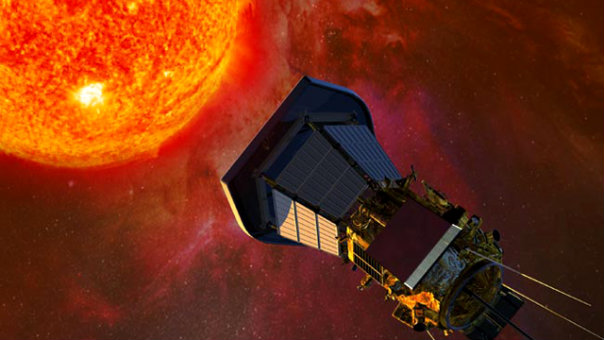| Dr. Justin C. Kasper - News | Featured Topic | |||
|
2011 October: President Obama Meets the Nation's Cutting-Edge Researchers 
"For over half a century, solar astronomers around the world have been baffled by two questions: Why is the sun's outer atmosphere hotter than the surface of the sun itself, and what causes solar winds? In 2018, NASA will launch its first mission to the sun, using cutting-edge technology designed to shed light on these mysteries at last. Riding with one of the groundbreaking instruments for that mission will be the hopes and dreams of Justin Kasper, a young astrophysicist who helped develop the mission’s solar wind analyzer and who on Friday proved himself a stellar scientist in a second sense of the word by being one of 94 scientists and engineers to receive a Presidential Early Career Award for Scientists and Engineers (PECASE)." 2011 September: Brilliant Ten - Sun Diver 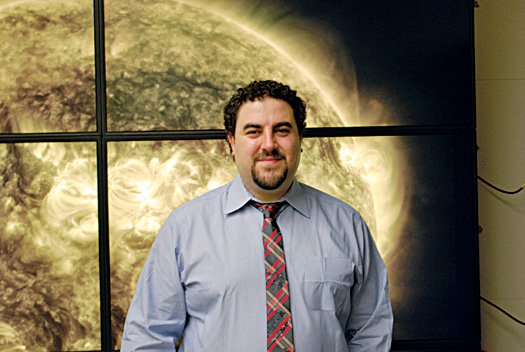
For a decade now, the editors of Popular Science have been seeking out promising young researchers at labs across the nation, and for a decade we’ve been dazzled by the intelligence and creativity of the people we’ve discovered. This year's honorees, like the 90 others before them, represent the best of what science can achieve. Some are looking for specific solutions to daunting social problems, such as how to manufacture more-effective drugs or cheaply diagnose diseases in developing nations. Others are engaged in more-speculative work - studying solar plasma, inventing a new kind of geometry. All of them are brilliant, and all of them, perhaps most amazingly, are under 40. They have long careers ahead of them, which is yet another reason why we remain so optimistic about the future. 2010 September: NASA Selects SWEAP Investigation for Solar Probe Plus! 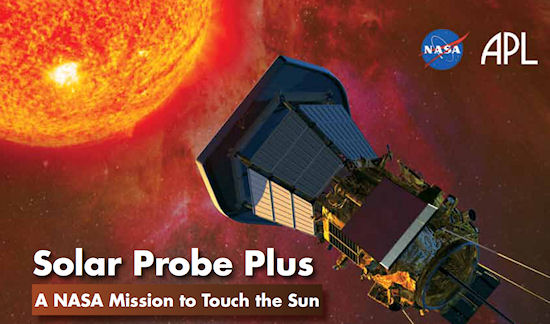
When NASA's Solar Probe Plus launches before the end of the decade, it will carry a suite of cutting-edge scientific instruments. Only one - the Solar Wind Electrons Alphas and Protons Investigation (SWEAP) - will directly sample the sun’s outer atmosphere. Designed by scientists at the Harvard-Smithsonian Center for Astrophysics, part of SWEAP will extend beyond the probe’s heat shield to scoop up some of the Sun's tenuous gases. NASA announced instrument selections for Solar Probe Plus on September 2, 2010. You can learn more about SWEAP here and here, and read the NASA press release here. 2010 February: SDO Launches! 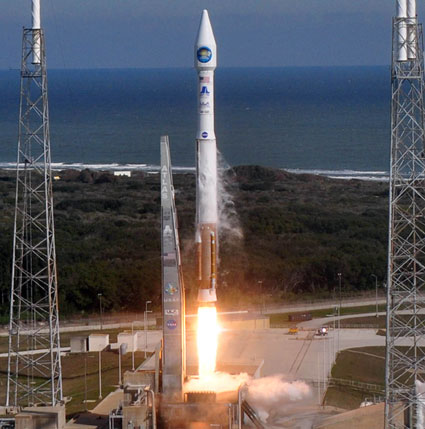
The NASA misson Solar Dynamics Observatory (SDO) was sucessfully launched on Februart 11, 2010. The four telescopes of the Atmospheric Imaging Assembly (AIA) were built here at SAO. You can learn more about the mission here or by clicking on the photo. 2009 June: LRO Launches! 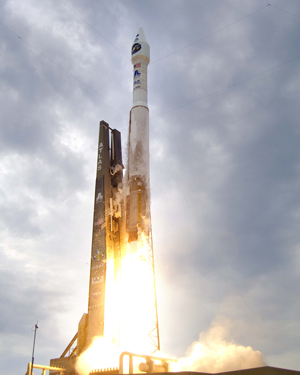
LRO launched on June 18, 2009! CRaTER was turned on less than two days after launch, during the four day cruise to the moon, and all systems are functioning exactly as designed. Learn more about the LRO launch here or by clicking on the photo. 2009 January: NASA Lunar Science Institute Selected Our proposal to create a team for the new NASA Lunar Science Institute that would be dedicated to studying astrophysical instruments for the lunar surface has been selected by NASA. The team is led by Principle Investigator Prof. Jack Burns (UC Boulder). I am leading the Radio Heliophysics Key Science Project, which will study building a solar radio telescope on the near side of the moon. 2008 December: Hot Solar Wind Helium We have published an article in Physical Review Letters that provides compelling evidence from direct measurements than an Alfven-cyclotron dissipation mechanism is responsible for heating the solar wind. The article, "Hot Solar Wind Helium: Direct Evidence for Local Heating by Alfven-Cyclotron Dissipation" appeared in the December 31 issue. A copy is available here. A Commentary on the significance of the article by Prof. Stuart Bale (UC Berkeley) titled "What keeps the solar wind hot?" was published here in the journal Physics. August 2008: Leaving the Heliosphere 
Observations of the Voyager II termination shock crossing have been published in Nature. In our article describing the Voyager PLS instrument measurements of the speed of the solar wind across the termination shock we found that the outflow of solar wind after the termination shock was still supersonic relative to the ion sound speed and was heated far less than we had expected. Follow this link for a copy of our article on the surprising results. |
On the Radio: The Breathtaking Power And Beauty Of The Sun The science, destruction, and beauty of the solar storm that's been blasting earth - from the breathtaking Aurora Borealis to future exploration of the sun itself. I was a guest for a one hour episode of WBUR talk show On Point with Tom Ashbrook. Stream the show and read background material on the Sun here. --- NASA Science News: Solar Wind Energy Source Discovered NASA wrote a news story based on a recent paper we published in Physical Review Letters on heating of the solar corona and solar wind. Click here for the NASA article. | |||
